Ahmed Tag Mohamed
Year of birth: 1996.
Where do you live between Alexandria, Egypt and Sharjah, UAE.
Your education: Film Practice MA student, Arts University Bournemouth and BA in Journalism, Faculty of Arts, Alexandria University.
Your discipline: Film, Photography, Visual Art, Prose and Poetry.
Instagram
Your work addresses themes such as oppression, identity, and belonging. How do you balance the documentary aspect of your work with the fictional and poetic elements?
I started my academic and professional life as a journalist, so documentation was the cornerstone of all my practices, and I enjoyed being vigilant of my surroundings. But at certain moments in my life, I fell into despair and to some extent, I gave up on reality. I quickly realised that what my senses experience could be a starting point, but life has no meaning unless I give it one, seeking objectivity and “bare truth” was so behind me at that stage. It might sound cliche, but life is like art; you make the most functional and the most aesthetic with what you have, and your interpretation is yours and yours only. We are the outcome of our context, but what we add to it, our brush stroke on life’s canvas, is who we are for real. So, My work starts from documentation and embeds it in every corner, but I always try to tweak and bend that documentation to build something different and more like how I perceive life at a certain point.
In ‘Sock Inside-Out,’ you explore the idea of self-redemption and cycles of birth and death. Could you explain how this theme emerged in your work and how it influences your approach to photography and video art?
I usually do not realise I am onto a project until I notice a pattern in the work I produce, whether it is written prose, poetry, film, photography or visual art. Sock Inside-Out emerged at a point where I was going through an internal journey of self-redefinition, and through that journey, I noticed a common theme in the things I have made, and it could be summed up in a single notion: “It is a cycle within a cycle! Every time I fell in despair I feel dead, every time I pull myself up I feel resurrected”. I have a silly thought that my perception of life changes every four or five years, just like how blood and skin change with time.
I Remember…
When I thought I knew me
I was quite keen not to forget.
I Forget…
On which poker table I left myself…
Walking out to the world with an empty glass.
I Imagine…
I’m writing happy stories effortlessly, like a river’s purl cheering the boats.
I Want…
endless epiphanies…
A sweetheart…Home…
and…
diagnosable diseases.
The Ode of Roam – Ahmed Tag M.
Sock Inside-Out, 2021
You describe the project as a mythical ode. How do mythology and poetry influence your visual style, and what role do they play in shaping your narrative?
Most mythology revolves around a single notion: an unescapable predicament that every attempt to defy the prophecy only leads back to fulfilling it. And poetry, to me, is all about perceiving the dual nature of human feelings, light as feathers and heavy as mountains. These couple of thoughts shaped my narrative, especially in the “Sock inside-out” project, towards the idea of faith as a moving power that kept humanity and myself moving. I believe that every person goes through a point in life where they think to themselves that they did all the right things by the book, but life is not giving them anything in return, and they don’t know what they can do better, So they only pray in different ways for a way out. These moments are what make mythology and poetry relevant, and these are usually the moments where people choose their faith and take a leap towards it.
Living in an oppressive, polarised region, you touch on feelings of alienation and lost identity. How do you convey these emotions visually in your work?
Usually, by searching for primal emotions like anger, fear, and love. I try to depict these emotions by noticing the moments when people are alone in a vast place or a group enjoying each other’s company. I never think while I’m doing it; I just make things. Later on, I realised that what I saw and turned into a work of art reflected my emotions at that particular moment. Nothing is intentional in my work process.
What does ‘true diversity’ mean to you, and how do you incorporate it into your art practice, especially in a world that seems increasingly homogenised?
I try to incorporate diversity in my work by embracing complexity in themes and mediums because the idea that an artwork should depict a clear single notion is, to me, a colonial and oppressive idea. I come from a melting-pot culture that has all sorts of colours and rhythms in its gut, and in the current world of “globalization,” I feel deprived of my own culture and singularity because someone somewhere made the entire world a replica economically, politically and culturally -even how we tell stories!- because it is for their best interest. True diversity is accepting that people are not a single definitive entity; they are full of paradoxes and contradictions, as is my work.
You mentioned that our generation often blames itself for not fitting into rigid societal structures. How does your art aim to challenge or subvert these structures?
By perceiving that structures are human-made and we can tweak them the way we want freely. Oppression’s optimum condition is when people oppress themselves with their own hand, and there is no better way to do that but to feel shameful, unworthy and afraid. The current world of consumption draws the idea of what is perfect and ideal, then tells us that we are not even close to that, so we need to keep doing what we are doing without imagining a different future or way of living. There is no need for Bentham’s panopticon as long as people feel they are always less and lacking no matter what they do and it is inevitable. My art is always concerned about alternating the common structures of narrative and storytelling as well as searching for new ways of perceiving life to find singularity, as I believe that when we give ourselves the right to question, tweak, and manipulate structures of thought and narrative, it is the way to feel liberated.
The concept of Sisyphus—finding joy in repetitive, seemingly futile tasks—appears in your statement. How do you relate this existential theme to the experiences you express through your project?
My project consists of cycles of narrative. It moves from hope to doubt and despair to confronting fears and then back again to hope for a new cycle to begin. We always say things like “History repeats itself” and “reinventing the wheel” naturally and commonly, which is true! Repetition is part of life’s fabric, I believe. For a long time, I lived with contempt and a grudge towards repetition and its “futility”. Then, while listening to music someday, I realised something. Music, as universal language as it is, is made mainly of repetition of a certain melody. We enjoy music because it tweaks that repetition, offering safety and surprise simultaneously, and companies multiple repetitions over each other by the different instruments. In a way, it resembles life. Reinventing the wheel means revisiting our beliefs and perceptions. Sisyphus’s daily chores, as they may seem repetitious, always have something new in each cycle, which could only be noticed by enjoying it and paying attention to details.
It takes us further …
Faster and faster…
Faster than time.
Until it takes us back to the point…
Where we reinvent it.
The Wheel, Ahmed Tag M.
Sock Inside-Out, 2022.
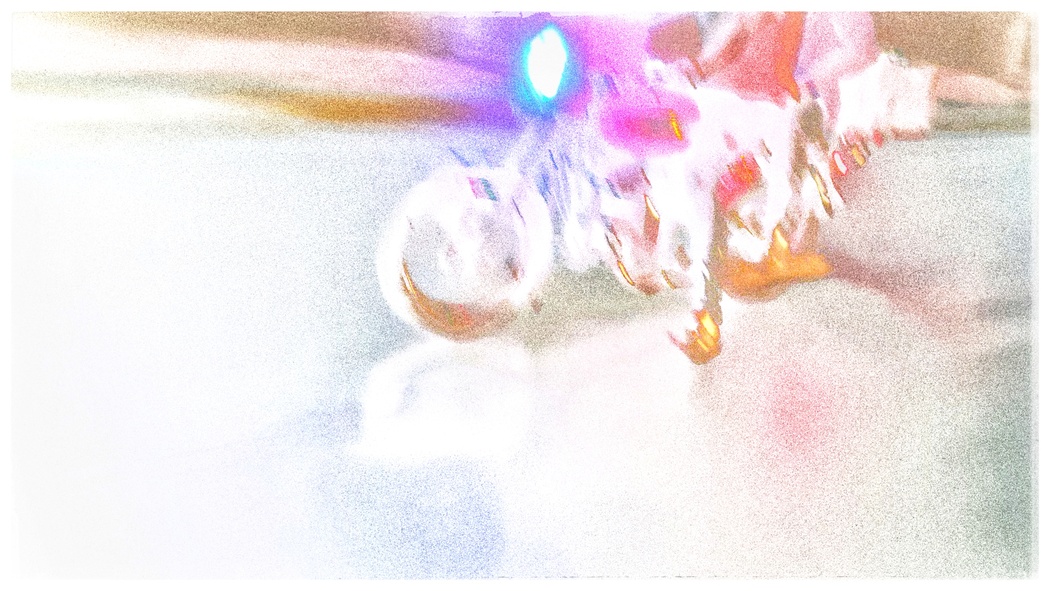

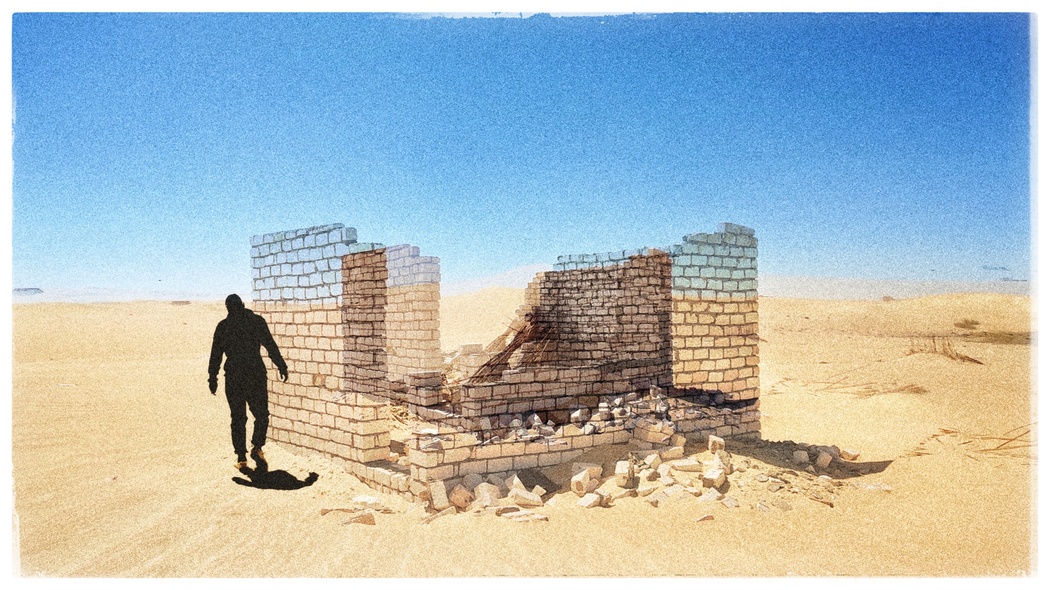
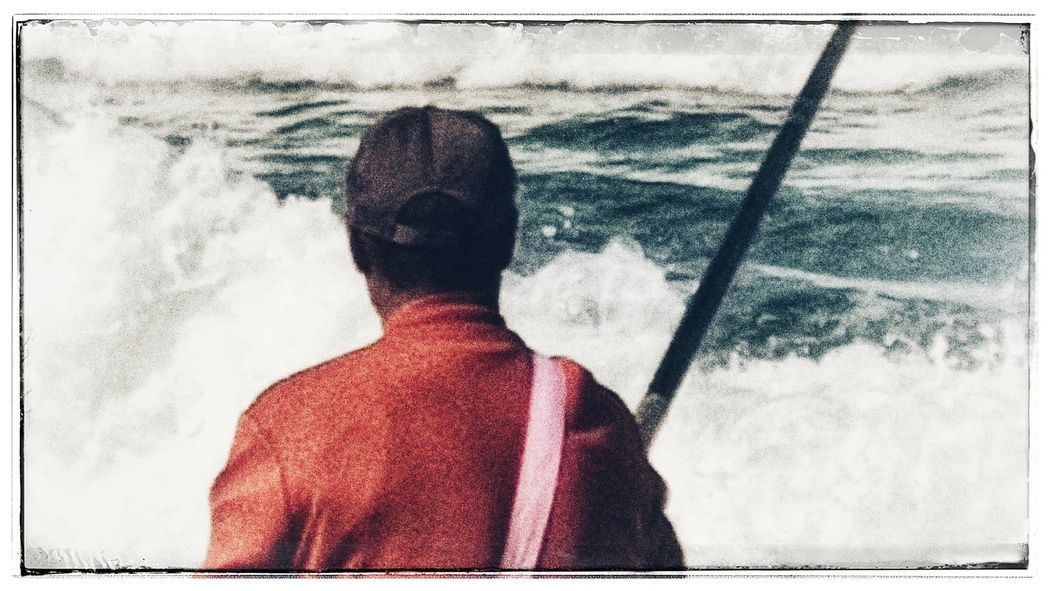
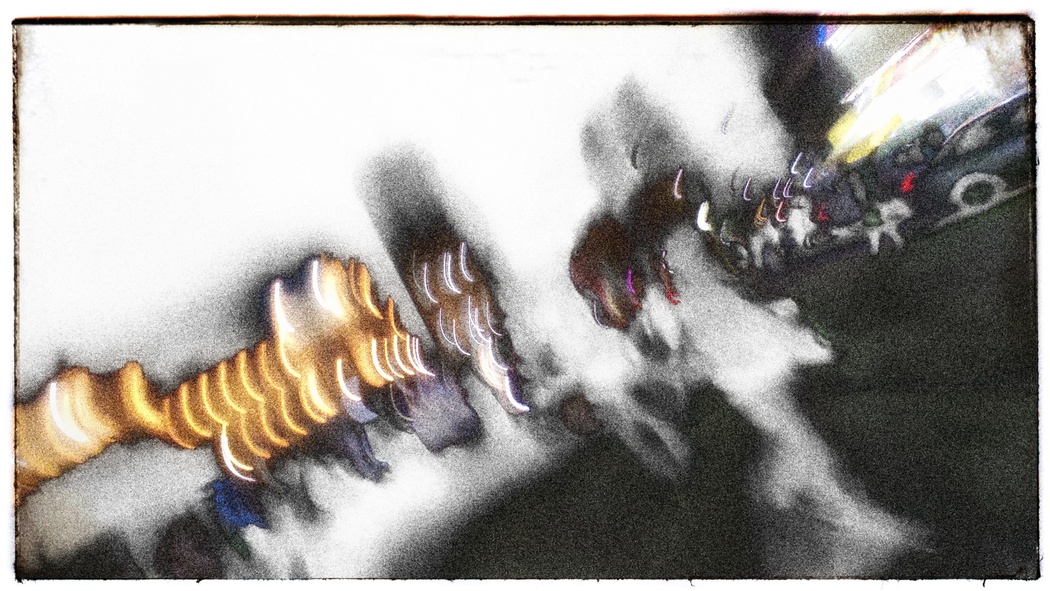
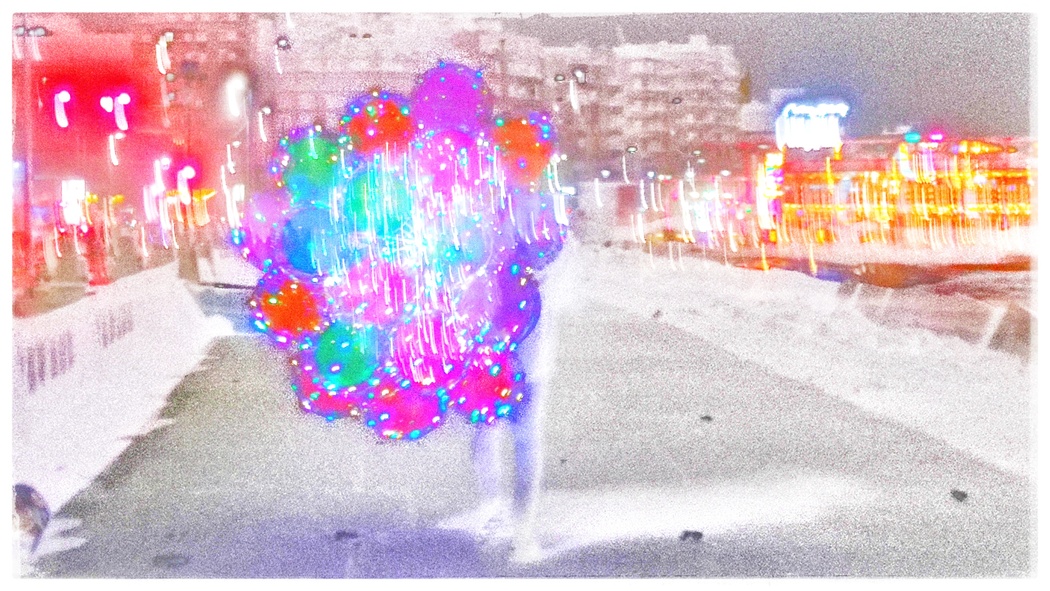
Leave a Reply
You must be logged in to post a comment.